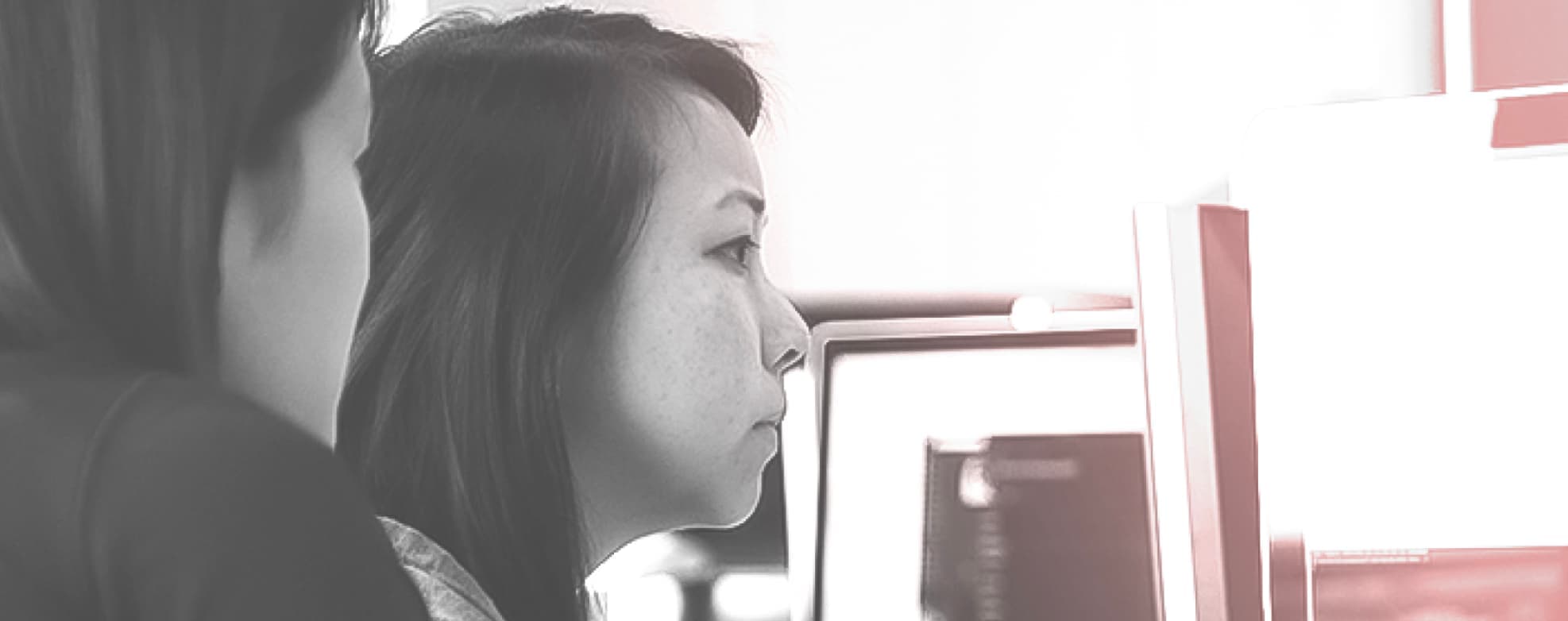The Institute is the collective intelligence of Humanity 2.0. Its primary purpose is to inform and direct Humanity 2.0's efforts; specially those related to addressing impediments to human flourishing.
Its secondary mission is to update the Human Flourishing Framework with new data and insights as they become available.
Project Vision

Overview
Overview
Project Vision is a Humanity 2.0 effort specifically designed to provide the roadmap needed in order to accelerate human flourishing.
Project Vision has three objectives:
Formulate a common vision for humanity that communicates the kind of human civilization we should be striving to build.
Identify the most significant impediments to realizing this vision.
Triage these impediments in order to provide a roadmap for action.
Objective 01
Formulate the Vision
“Vision without action is merely a dream. Action without vision just passes the time. Vision with action can change the world.
- Joel A. Barker
With the arrival of a truly global age, the human institutions that we have come to rely on are struggling to address global challenges and seize opportunities.
We are motivated by a desire to align human interests in order to provide greater focus in our effort to accelerate human flourishing.
To this end, Project Vision’s first task is to articulate a vision for the kind of global civilization we should be striving to effect. Without a clear vision and sense of mission, building the necessary solidarity and collective will required to transform civilization will be a near impossibility. Moreover, without a clear vision or picture of what kind of civilization we want to effect, we would be unable to credibly identify or agree on the impediments to realizing it.
This ‘vision’ for humanity will be developed by a leading body of experts representing many scholarly, religious and philosophical perspectives.
Objective 02
Identify the Impediments
“Do the hard jobs first. The easy jobs will take care of themselves.
- Dale Carnegie
With the work of a new vision completed, the task then becomes one of identifying the impediments to realizing the vision and ensuring they are addressed in the most effective ways available.
Humanity 2.0 first seeks to understand what the most significant impediments to human flourishing are so that we may more intelligently focus our efforts and resources. Ignoring this important work would be tantamount to thrusting a person into an arena with a hydra in which one endlessly strikes at its heads, but never succeeds in vanquishing it.
We must strike at the underlying causes of civilizational stagnation, the heart, so to speak, if we are to succeed.
A committee of philosophers, historians, and anthropologists will lead the effort of identifying the key impediments to human flourishing. Once their initial list of impediments is prepared, it will be handed off to a scientific committee that will analyze and validate their philosophical assertions by referencing available data and scientific insights.
Objective 03
Triage the Impediments
“When you have too many top priorities, you effectively have no top priorities.
- Stephen Covey
To plan an effective strategy for addressing the most significant impediments to human flourishing, priority must be assigned to them. Currently, organizations and institutions work to identify and understand the world’s most important problems, but this is unfortunately where the work typically stops. Governments, NGOs, businesses, and individuals are then left with the responsibility of determining which problems to address and how. This results in diminished outcomes, as a plethora of approaches and a broad dispersal of resources are deployed. Humanity 2.0 seeks to know through both quantitative and qualitative analysis what the most significant impediments to human flourishing are so that we can focus our efforts and bring to bear sufficient resources to effectively address them. Moreover, this insight will be shared with the global community so we may collectively take action.
Most global challenges that beset the world are simply too big for any one sector to solve; our focused, cross-sector, global strategy will allow us to change that.
In addition, the global institutions and techno-economic infrastructures (financial markets, social media, etc.) needed to solve these complex challenges are losing legitimacy with the general public. Our thesis for this decline in legitimacy: these institutions and corporations are built on incomplete models of human flourishing. In addition, the centralization of power and wealth has created further divides between global leaders and local communities. Our aim is to use a collaborative process to restore this vital reservoir of trust so that institutions can enroll and coordinate collective action to tackle these impediments. The more complex the challenge to human flourishing, the greater the need to utilize the principles of enablement and empowerment:global leaders serving national leaders - serving local leaders - serving the relational prosperity of individuals.
Triaging the impediments will provide Humanity 2.0 a clear priority of work moving forward. Moreover, this focus year to year will afford the Humanity 2.0 team the ability to be highly selective in the partnerships it leverages to ensure maximum impact.

Metrics and Data
“It is a capital mistake to theorize before one has data.
- Sherlock Holmes
Aggregating data and developing unique metrics will be one of the most significant contributions of Project Vision to Humanity 2.0 and the wider world.
Identifying and triaging impediments to human flourishing will require considerable amounts of data and the development of unique metrics and methods to understand this data. The Humanity 2.0 team will develop these metrics in collaboration with our partners, and the needed data will be solicited from institutes and organizations around the world.
The most significant output from Project Vision will be a system for determining the most critical problems and a method to assign priority to them.
Institutional Partners
“No one can whistle a symphony. It takes a whole orchestra to play it.
- H.E. Luccock
Humanity 2.0 plans to collaborate with a number of academic and institutional partners to carry out the work of Project Vision. Some of the resources that will be requested of our partners include:
- Subject matter experts
- Data scientists
- Access to information and raw data
- Administrative support staff
- Academic networks
In exchange for the valuable in-kind contributions of our partners a work-sharing protocol will be developed so that the advances made by Humanity 2.0 may benefit and enrich partners. Moreover, our partners will be officially listed and acknowledged on promotional materials and at Humanity 2.0 events.
Primary leadership and research administration of Project Vision will be overseen by the Thomistic Institute, based at the Pontifical University of Thomas Aquinas (Angelicum) in Rome, Italy.
Project Legacy
“It isn’t all over; everything has not been invented; the human adventure is just beginning.
- Gene Roddenberry
The fruits of Project Vision will be many, but the most important fruit is a clear vision of the kind of civilization we humans should be striving collectively to create. We will develop the Human Flourishing Framework as a set of analytical and conceptual tools that will be used to ensure that humanity can maintain sharp focus on tackling the impediments that keep us from realizing this vision. In this way, the Human Flourishing Framework keeps humanity on the straight and shortest path to reaching our shared horizon.
In addition, the method for triaging impediments is a way of ensuring we assign appropriate gravity to impediments and then commit sufficient resources to overcoming them. Given resources are increasingly becoming scarce, this insight into how to optimize their use to ensure the greatest benefit to human flourishing is vitally important.
When Project Vision is complete, the Humanity 2.0 Institute will use the framework and data collected to determine year to year what specific impediment to human flourishing poses the greatest risk to advancing human flourishing and why. The Humanity 2.0 Foundation will then source solutions to this impediment with partners and then convene the human community in order to facilitate a commitment to action to address said impediment.
The Institute will also be constantly evaluating new data and welcoming intellectual insight to further strengthen the Framework and ensure it is relevant. In this way, as humanity evolves, so to does the Framework and our understanding of how best to realize our ambition of building a better world.
Use Cases
Project Timeline
Phase 1 - Complete
Phase 1 had the following objectives:
- Research what constitutes human flourishing for individuals and civilizations according to different paradigms.
- Research what constitutes impediments to human flourishing for individuals and civilizations (on the levels listed above), according to different paradigms.
